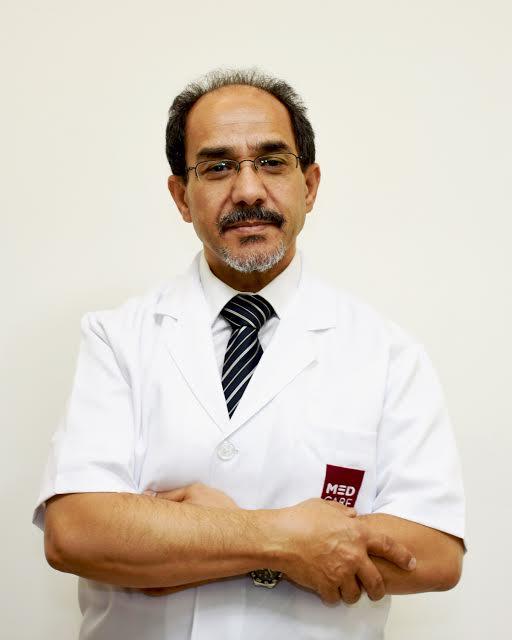
Doctors Urge School Authorities to Screen Students for Spine Deformities
In the last two years, doctors at Medcare have treated over 200 patients with varying degrees of spinal abnormalities. In many cases, the diagnosis was delayed due to lack of awareness and information, with experts linking the start of the condition to adolescence. Recognizing the need to prevent, detect and raise awareness on common, yet little known about spinal deformities affecting people in the UAE, leading neuro spinal experts are implementing screening programs for school children, to facilitate early diagnosis and treatment. Scoliosis and hyper Kyphosis are the most common types of spinal deformity. Scoliosis involves a sideways curvature of the spine that occurs most often during the growth spurt in children just before hitting puberty. Kyphosis is a forward rounding of the back. Some rounding is normal, but the term ‘kyphosis’ refers to an exaggerated rounding of the back. “Not many people realize that they have Scoliosis or Kyphosis, until the curve in the spine gets severe. In this region, the problem often goes undetected due to loose clothing worn by both men and women, concealing any unnatural curve. Recognizing early symptoms is essential to enable proper assessment and treatment, while minimizing the risk of further progression, and undesired consequences for the patient. As the condition starts in adolescence and teenage years, we believe school screening for early detection of spinal deformities can prevent back problems and long-term degeneration. This test should be included in the annual health check programs for children in all schools.” expressed Dr. Nicandro Figueiredo, Spinal Neurosurgeon, Medcare Orthopaedics and Spine Hospital. The School Screening Program for Spinal Deformity (SSPSS) aims to offer a fast, free of charge, and through screening for spinal deformities among school children in the UAE. These are being undertaken for boys and girls (10-14 years-old), to ensure timely detection and refer diagnosed cases for a more detailed assessment in a specialized center. The Medcare team will be reaching out to over 100 students in 2 schools. To complement the effort, school nurses and parents will also be educated about the spinal conditions that can affect children. Mild Scoliosis (10-25°) usually does not cause any harm, but those cases which progress without treatment can affect the internal organs causing significant spinal problems. They also have a negative psychological and cosmetic impact on a patient. Curve progression is related to the age of the child and the magnitude of the deformity. The most common problem associated with scoliosis is pain, usually more in the lumbar (lower spine) than in the thoracic (upper spine). Prevention of severe Scoliosis is a major commitment of physicians caring for spinal deformities. Studies have established that non-operative treatment with bracing and exercises may reduce the need for a surgery. To be effective, these treatments need to be applied to smaller back curves prior to skeletal maturity in children. “Children who have mild Scoliosis are monitored closely, usually with X-rays, to see if the curve is getting worse. In many cases, no treatment is necessary. Some children will need to wear a brace to stop the curve from worsening. Others may need surgery to keep the Scoliosis from worsening and to straighten severe cases of Scoliosis.” said Dr. Khaled Mabruk Faraj, senior Consultant Orthopedic and Spine Surgeon. If the deformity is severe or still progresses, the child can be referred to the surgery at an appropriate phase of the deformity, with better chance of achieving success of the treatment. Screening examinations for spine deformities involve various techniques including a visual examination, a physical examination, Scoliometer reading, and surface topographic measures during an annual health services examination.


























